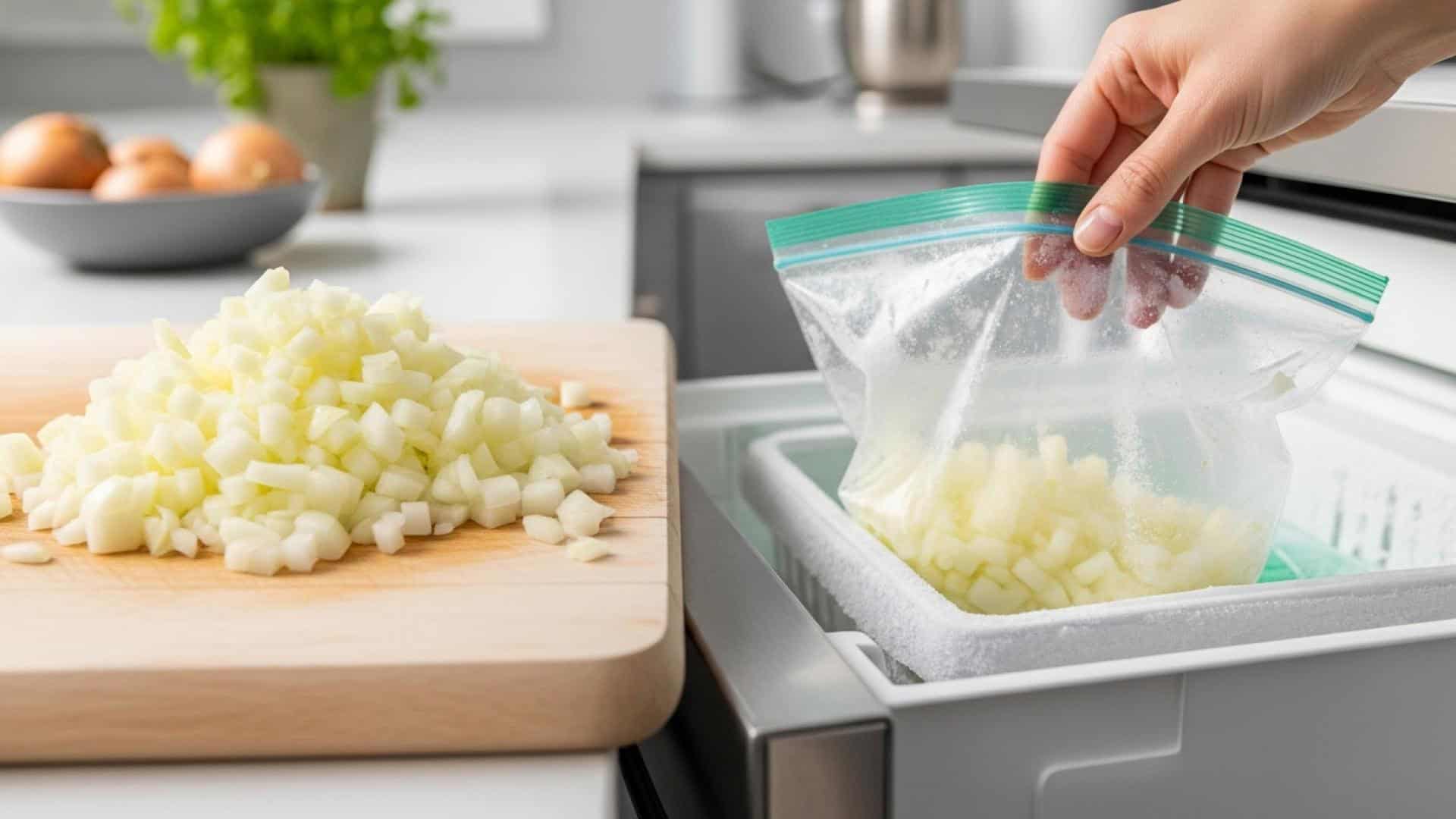What to Declutter First for Maximum Impact
Decluttering your home can be truly life-changing, leading to less stress, more space, and a greater sense of calm. However, jumping in without a plan often leads to overwhelm and burnout. By targeting the highest-impact items first, you’ll see instant results, stay motivated, and set the stage for a clutter-free lifestyle. This step-by-step guide will help you identify where to begin, prioritize efficiently, and achieve a home that feels lighter and more organized.
Start with Visible Surfaces

Begin your decluttering journey by tackling visible surfaces such as countertops, dining tables, and desks. These areas often collect random items and clutter, making spaces look messy even if the rest of the room is tidy. Clearing these surfaces provides an instant transformation, offering a quick win that boosts your motivation to continue. Focus on removing anything that doesn’t belong or isn’t used daily. For more tips on organizing visible areas, check out Apartment Therapy’s guide to decluttering surfaces.
Prioritize High-Traffic Areas

Focus next on high-traffic zones such as entryways, hallways, and living rooms. These spaces are used daily and are often the first areas guests see, so keeping them clutter-free makes a significant difference in your home’s feel and function. Remove shoes, bags, mail, and any items that accumulate quickly. Create designated spots for essentials to keep clutter at bay. Improving these areas enhances your home’s flow and reduces daily stress. For practical advice on organizing high-traffic spaces, visit Real Simple’s entryway organization tips.
Tackle the Bedroom Closet

Turn your attention to the bedroom closet, a spot where unused clothes and accessories often accumulate. Start by removing everything, then sort items into keep, donate, or discard piles. Be honest about what you actually wear and need—let go of anything that no longer fits your lifestyle or brings you joy. Creating a streamlined closet not only makes daily routines easier but also turns your bedroom into a more restful retreat. For expert strategies on closet decluttering, read Good Housekeeping’s closet organization guide.
Clear Out the Kitchen

The kitchen is a hub of daily activity and can quickly become cluttered with unused gadgets, overflowing drawers, and expired pantry items. Start by clearing counters to free up space for meal prep, then tackle drawers, getting rid of duplicates or broken utensils. Finally, review your pantry and refrigerator, discarding anything expired or no longer needed. This process makes it easier to find what you need and creates a more efficient, stress-free cooking environment. For more kitchen decluttering strategies, visit The Kitchn’s kitchen decluttering guide.
Refresh the Bathroom

A clutter-free bathroom is essential for a smooth morning routine and relaxing evenings. Begin by sorting through toiletries, cosmetics, and personal care products, discarding anything expired or unused. Group similar items together and consider using organizers or bins to maximize storage in drawers and cabinets. Keep daily essentials easily accessible, while storing extras out of sight. This approach ensures a neater, more functional space that feels inviting every day. For more bathroom organization tips, check out Better Homes & Gardens’ bathroom decluttering guide.
Sort Through Paper Clutter

Paper clutter can quickly take over desks, counters, and other surfaces, adding to visual chaos and stress. Start by gathering all loose papers, including mail, bills, and documents. Sort them into categories: shred, file, or take action. Use folders, trays, or a simple filing system to keep important documents organized and accessible. Set up a routine for handling new paperwork as it arrives to prevent future pile-ups. Streamlining your paper management will boost your productivity and help maintain a tidy environment. For more tips, visit The Spruce’s paper decluttering guide.
Minimize Digital Clutter

Digital spaces can become just as overwhelming as physical ones. Start by organizing your digital files into clearly labeled folders and deleting duplicates or outdated documents. Assess your devices and remove unused apps to free up storage and simplify navigation. Tackle your email inbox by unsubscribing from unwanted newsletters and archiving or deleting old messages. Establishing a regular routine for digital decluttering helps maintain efficiency and reduces mental clutter. For comprehensive strategies on managing your digital life, explore PCMag’s guide to digital decluttering.
Address Storage Spaces

Attics, basements, and garages often become catch-alls for items we rarely use or have forgotten about. Start by sorting through boxes and bins, prioritizing belongings you truly need or cherish. Set aside items that can be donated, sold, or responsibly disposed of to free up valuable storage space. Organize what remains into labeled containers for easy access. Tackling these larger storage areas can feel daunting, but the payoff is substantial—a more organized and functional home overall. For expert guidance, visit Family Handyman’s decluttering tips.
Create a Maintenance Routine

Sustaining a clutter-free home requires ongoing effort and mindful habits. Establish a regular schedule for quick daily or weekly tidying sessions, focusing on high-traffic areas and frequently used spaces. Consider adopting the “one in, one out” rule to prevent accumulation and encourage mindful purchasing. Involve household members in simple routines, such as sorting mail immediately or resetting rooms each evening. Consistent maintenance not only keeps your home organized but also reduces the time needed for future decluttering. For more practical maintenance strategies, refer to House Beautiful’s decluttering habits.
Conclusion

Approaching decluttering with a clear, step-by-step strategy transforms an overwhelming task into manageable actions, delivering visible and lasting results. By beginning with visible surfaces and high-traffic areas, then moving through closets, kitchens, bathrooms, paperwork, digital files, and storage spaces, you create order and calm throughout your home. Establishing a maintenance routine ensures your efforts last, leading to a more peaceful and productive environment.






